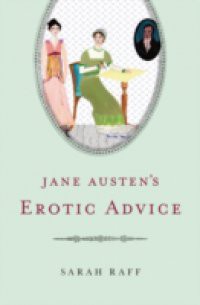In November 1814, Jane Austens niece Fanny Knight wrote Austen a letter secretly requesting advice. Fanny wanted urgently to know whether she should continue encouraging her most ardent suitor, what the future would hold were she to marry him, and whether she, Fanny, was in love with him. Fanny evidently wished to turn over her love life to Austens creative direction, and Austens letters of response cooperate with this desire. Today, many readers address to Austens novels their deepest uncertainties about their love lives. Consulting Austen-themed divination toys for news about the future or applying to their own circumstances the generalizations they have gleaned from Austens narrator, characters, or plots, they look to Austen not for anonymous instruction but for the custom-tailored guidance-and magical intervention-of an advisor who knows them well. This book argues that Austen, inspired by her niece to embrace the most scandalous possibilities of the novel genre, sought in her three last-published novels to match her readers with real-world lovers. The fictions that Austen wrote or revised after beginning the advisory correspondence address themselves to Fanny Knight. They imagine granting Fanny a happy love life through the thaumaturgic power of literary language even as they retract Austens epistolary advice and rewrite its results. But they also pass along the role of Fanny Knight to Austens readers, who get a chance to be shaped by Austens creative effort, to benefit from Austens matchmaking prowess, and to develop nothing less than a complex love relation with Austen herself.

